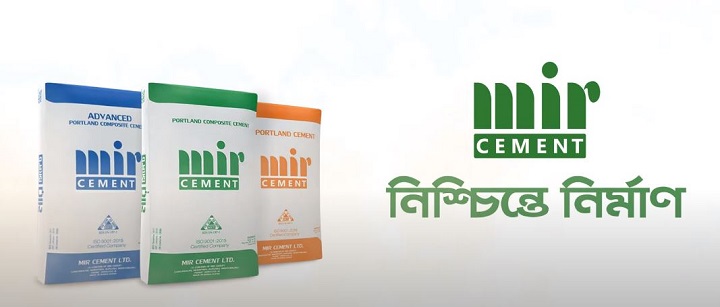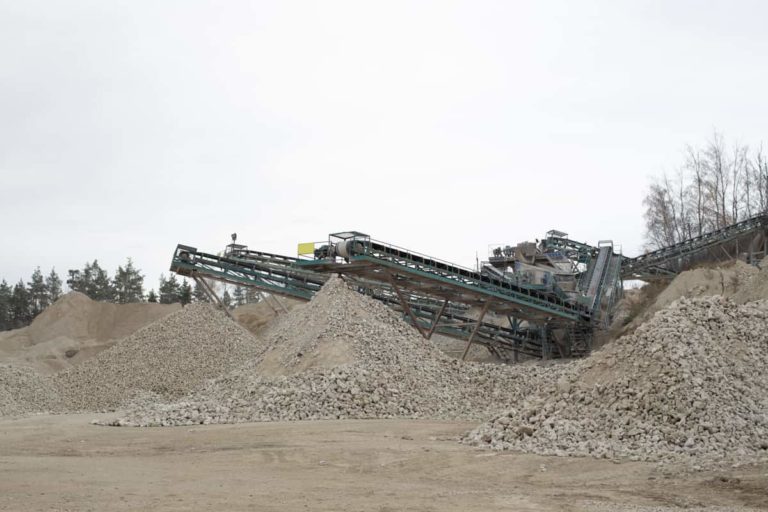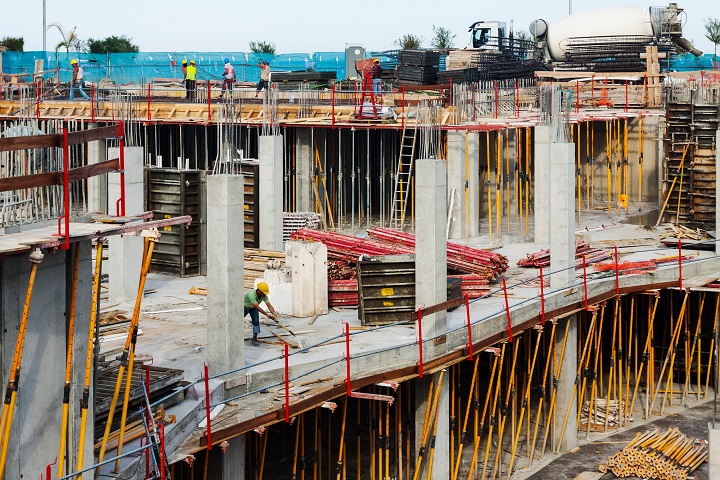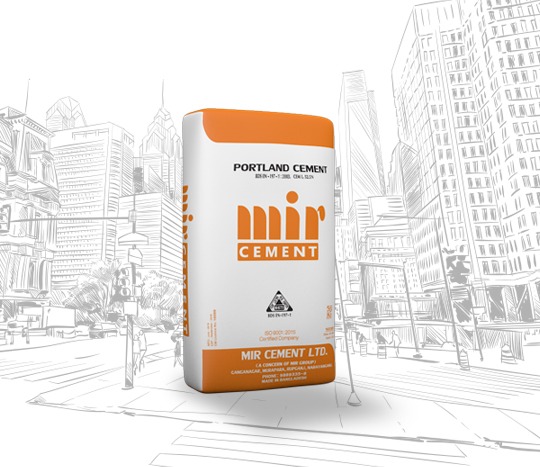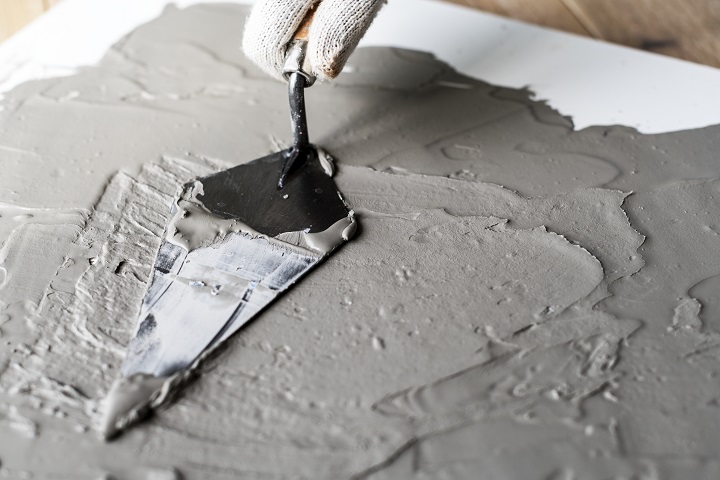Important Points to Check on Cement Bags Before Purchasing
Cement is one of the most widely used construction materials in the world. Good quality cement can ensure the durability and longevity of your dream house. As a property owner, you always want to make sure that you use the best quality materials to build your house. Choosing the best type of cement is one of the most vital decisions for your property. Furthermore, it would help if you were also cautious of the cement quality that you intend to purchase. Sometimes retailers with ill motives compromise the cement bags with impurities to make a profit, or the bags of cement might be damaged in transportation which can degrade cement quality. Degradation of quality in cement can compromise the structural integrity of the whole building. The overall strength of your building depends on many factors, and the quality of cement is crucial. Therefore, you should be cautious of a few things before purchasing cement bags for your desired house.
There are many points to check on cement bags to help you identify the best quality cement. These key points can also reveal important information about the homogeneity of cement.
Points to Check on Cement Bags Before Purchasing
There are numerous manufacturers of cement worldwide. There are more than 32 cement manufacturing companies in Bangladesh. Some manufacturers adopt unfair practices to produce low-quality cement with the sole purpose of making a profit without ensuring the quality of cement. Some retailers sell duplicate cement in the disguise of a trustable brand’s packaging, which can confuse many customers. There are some basic standard specifications you can check before purchasing cement.
Checking Brand Name
The first point to check on a cement bag is its brand name. It would help if you always went for branded cement that follows specific international standards of manufacturing cement. The ratio of composite materials, sourcing process, use of sophisticated machinery, etc., determine cement’s strength and quality. Only branded cement manufacturers maintain rigorous quality control protocols. Branded cement bags may be higher in cost than others, but they are worth their price as there should be no compromise in cement quality. To confirm the originality of the cement bag, you should carefully check the spelling of the brand name, the trademark log, and the packaging details that your desired brand follows. If you find anything suspicious on the package, like a spelling mistake or a slightly different logo, the cement bag is duplicated.
ISO Mark
Branded good quality cement manufacturers print ISO numbers on their cement bags. ISO stands for International Organization for Standardization. So, make sure an ISO number is printed on the bag.
Cement Grade
Another point to check on a cement bag is its grade number. Different grades or strengths of cement are suitable for different purposes regarding construction projects. OPC cement has three different grades. You should check for the grade number of cement before purchasing it.
Verifying Net Quantity of Cement
Generally, cement is sold in 50KG bags. You can check the weight of the cement or the print on the package that mentions the weight of the cement bag.
Date of Packing
Another point to check on the cement bag is the manufacturing date. The strength of cement reduces with time, so making sure you purchase new cement bags is of utmost importance. Generally, it is recommended to use cement three months from the manufacturing date. Cement strength can reduce by more than 50% after a year of manufacturing according to The Constructor.
MRP
The maximum retail price of a cement bag is a piece of essential information. Sometimes retailers may try to charge more than MRP to unsuspecting customers. Hence, checking the MRP before buying the cement bag will help you escape any fraud.
Make Sure the Bag is Sealed
Always make sure you purchase sealed cement bags. Good quality cement is packed in synthetic jute bags and stitched using synthetic threads. Never purchase cement bags that were previously opened or exposed to the external environment. You can understand this by observing the stitching of cement. If there is any indication of tampering, avoid purchasing those cement bags. Furthermore, restitched bags will undoubtedly look different than factory stitched bags as it is hard to mimic the original machine stitching precision.
Avoid Purchasing Wet Cement
Never purchase cement bags that have been exposed to moisture. Wet cement bags absorb water and moisture and harden up, reducing their tensile strength considerably. Using such cement can jeopardize your building’s structure.
Checking for Lumps
Good quality cement will be fresh and moisture-free. There should be no lumps in the cement. It should feel smooth when rubbed in between fingers. You can open a bag of cement for a quality check and look for any lumps inside as they can affect the construction strength.
Check if Cement Floats
Authentic and quality cement will float on the water before sinking. You can take a sample of cement from the bag, and to ensure solid and durable construction, check the quality of cement by placing a small quantity into a bucket of water. No matter what grade of cement it is, if it is good quality, it will float for some time on the water before sinking. This method can be an excellent and easy point to check before purchasing cement.
Checking Temperature
You can easily check the cement temperature by quickly thrusting your hand into the cement bag. If your hand feels a certain amount of coolness, it indicates the cement integrity is good, and no hydration reaction occurs in the bag. Poor quality cement will feel warm in your hand.
Color of Cement
The color of cement should be uniform throughout the bag. Generally, the color is gray or a light greenish shade. The presence of different shades of color might indicate poor cement quality.
Smell of Cement
Another simple way to test cement is to take a pinch of cement from the bag and smell it. If it gives off an earthy smell, it indicates too much-pounded clay or pollutants have been mixed.
Use of No Hooks
Good manufacturers put a “Use No Hooks” symbol on their cement bags. Using hooks to transfer cement might ease workers’ tasks, but it will surely hamper cement quality as moisture and air can get inside the bags.
Percentage of Raw Materials
It is good to print the info regarding the percentage of raw materials in that specific type of cement. So, look for details that tell you what type, grade, and percentage of raw materials are used to prepare the cement.
Address of the Manufacturer
Among many points to check on a cement bag, looking for a printed address of the manufacturer is an important one. Customers can contact the manufacturer team in case they have inquiries.
Performing Random Check
If you purchase 100 cement bags, randomly check a few bags for the indications mentioned earlier. This can provide you with important information about the authenticity of the retailer that you have selected.
Choosing a Reliable Brand
The most important aspect of purchasing cement is choosing a reliable brand and a trusted retailer. Good cement brands make sure that all-important manufacturing protocols are maintained to uphold the integrity and strength of cement. And a trusted retailer will make sure no counterfeit products are sold to you. Mir Cement ensures that all its products are supervised under the highest inspection methods. An expert quality control team carefully checks for any issues regarding cement products so that esteemed customers can reliably purchase from Mir Cement.
Summary
Staying cautious and attentive while purchasing cement can save you from a lot of hassle afterward. Moreover, it will ensure your dream house is not affected due to poor-quality cement. Knowing the above points to check on cement bags will safeguard your purchase and ensure your building’s integrity.
Frequently Asked Questions (FAQs)
Why do I need to check cement bags before purchasing?
Ans: You carefully check cement bags because there are counterfeit products in the market.
What will happen if I use duplicate cement in my construction project?
Ans: Using the duplicate product will severely hamper the rigidity and durability of your construction project.
What will happen if I mix duplicate cement with original cement?
Ans: You will not get optimum performance from mixing duplicate and original cement.
Which cement bag is best?
Ans: Any bag is best as long as it can keep the moisture out and protect the cement inside.
What is the consistency test of cement?
Ans: The consistency test of cement determines the amount of water content needed for attaining the standard consistency of cement.

